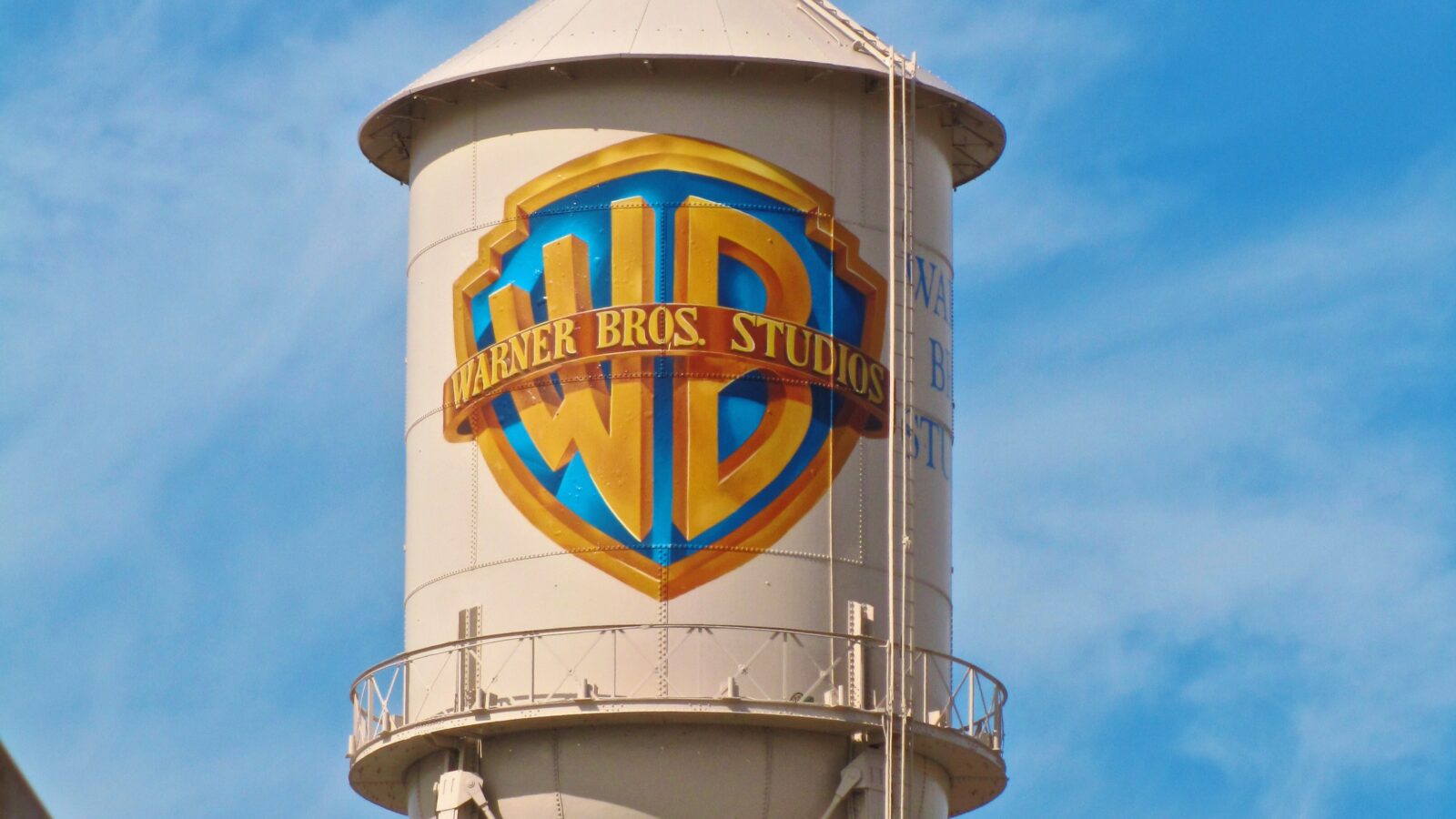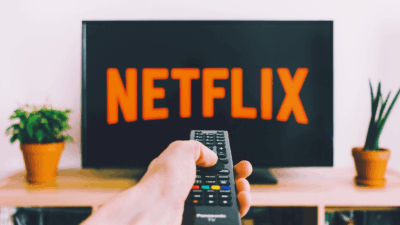Could Soaring Ad Revenue Save the Media Industry?
PricewaterhouseCoopers’ annual Global Entertainment & Media Outlook says the media industry has plenty of reasons for optimism.

Sign up for smart news, insights, and analysis on the biggest financial stories of the day.
What media industry crisis?
According to PricewaterhouseCoopers’ annual Global Entertainment & Media Outlook, published Tuesday, the media industry has plenty of reasons for optimism. Oh, but that’s only if it figures out how to effectively reach consumers — something PwC contends necessitates a rethink of the direct-to-consumer strategy.
Ad Men
The bad news for the industry, per PwC: Revenue from consumer spending on subscription services is set to all but plateau as consumers grow fatigued with an increasingly saturated and expensive DTC market. The good news: PwC still projects revenue in the media and entertainment industry to grow from $2.8 trillion last year to $3.4 trillion in 2028, with ad revenue accounting for half that growth and notching $1 trillion on its own by 2026.
But securing those ad dollars means media companies face an “existential imperative” to undergo fundamental “business model reinvention” — forcing them into a push-pull tension between dedicating resources to retain subscribers on increasingly ad-supported DTC products and chasing them beyond the walls of their carefully siloed platforms.
It’s a dynamic the industry’s biggest players are aware of:
- A recent data analysis by media consulting firm Owl & Co. found that streamer churn rates drop significantly the more and more users watch the service, with users who are watching at least 40 hours per week far less likely to cancel their subscriptions than those who watch 30 hours. But that’s a lot of hours to fill at a time when the industry is pulling back on production and spending.
- Still, per a Wall Street Journal report on Tuesday, “hours per subscriber” has become a leading metric within Disney, and the company is increasingly turning toward Netflix-esque data-driven recommendation algorithms to keep viewers hooked.
Meanwhile, per a Business Insider story published Monday, Disney — and the rest of the legacy media world — is responding to YouTube’s iron grip on children’s programming by shifting some original programming there rather than on its own platforms.
Blockbuster: The PwC report did offer one more shimmer of hope for media giants, projecting that the struggling global box office will finally return to and surpass pre-pandemic levels by 2026. Someone tell Kevin Costner, whose partially self-financed Western epic Horizon: An American Saga – Chapter 1 just crashed and burned at the box office. Chapter 2, which was set to hit theaters in August, has promptly been pulled from Warner Bros. Discovery’s release slate. Maybe they just need to wait a couple years.











